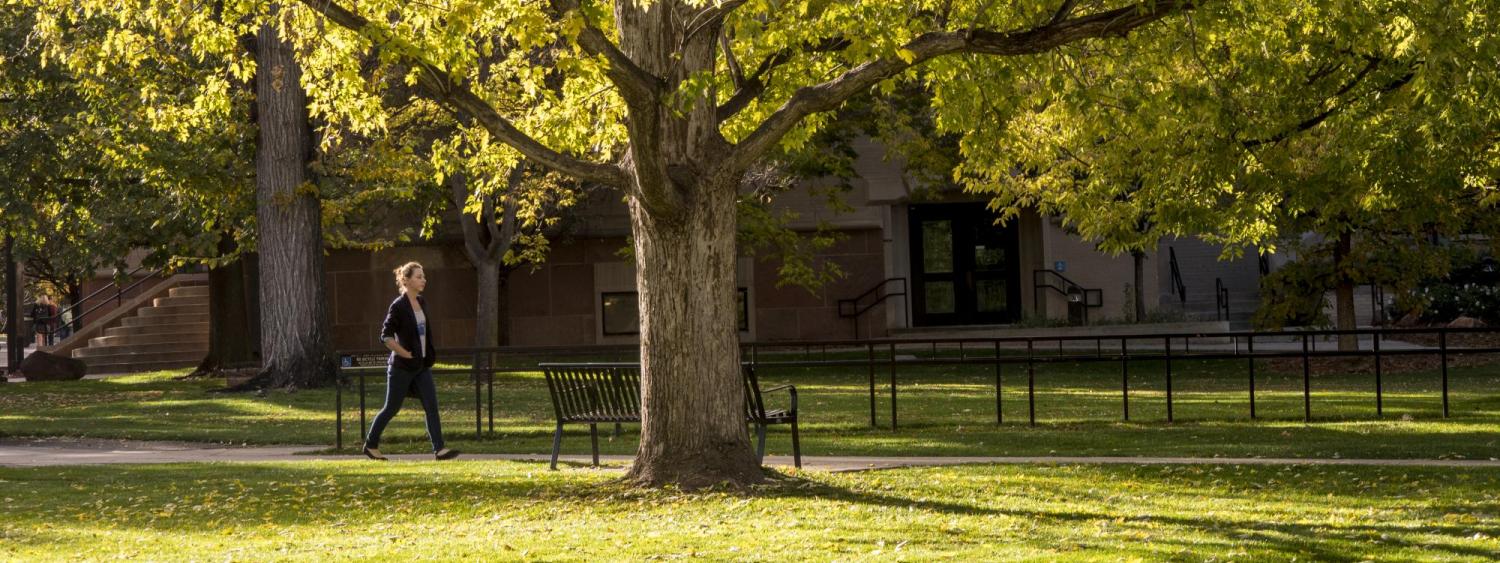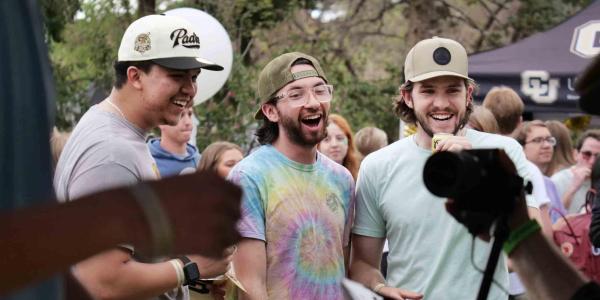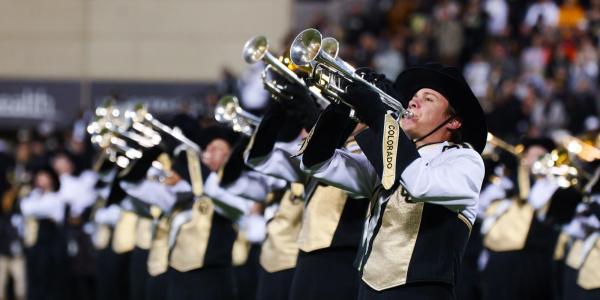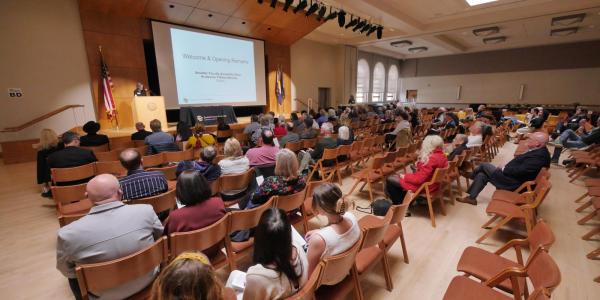
Native to Japan and rare in Colorado, a handful of star magnolia trees call the CU Boulder campus home. While they generally grow in moist, foggy areas, the tree can thrive locally if carefully sited.
- Full-time arborists: 4
- Number of cultivated trees on campus: 3,534 at last count, not to mention thousands more non-cultivated trees along the Boulder Creek corridor and other natural areas on campus
- Number of tree species: 104
- Number of species native to Colorado: 14 (out of about 24 that are native to the state)
- Most-prevalent evergreen species: Colorado blue spruce (Picea), our state tree
- Most-prevalent deciduous species: Ash (Fraxinus)
- Biggest (and oldest) tree on campus: Plains Cottonwood on the south side of Old Main; stands 110 feet tall and dates back to 1879 or 1880
- Years with Tree Campus USA designation: 8
That’s just one example of the kind of facts and trivia attendees of next week’s campus tree walks will learn. Facilities Management and CU’s Museum of Natural History partner to host the tree walks each spring and fall.
This spring’s edition will be held on Tuesday, May 22 and Wednesday, May 23, beginning at 5 p.m. each day. Led by campus Arboriculture Manager Vince Aquino and retired Outdoor Services Director Alan Nelson, the walks start at the south entry to the Henderson Building and last about two hours. The walks are free and open to the public.
The tours are always slightly different as Aquino and Nelson lead attendees to various spots on Main Campus, discussing the natural and human history of some of the 104 species present.
The walks will be held in most weather conditions, so attendees are encouraged to dress accordingly.



